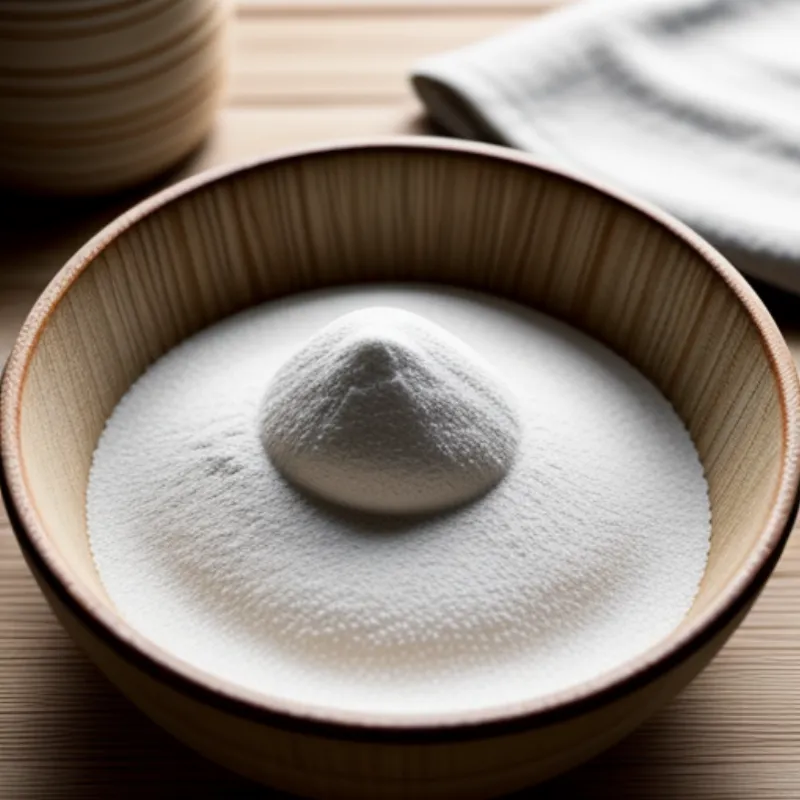Vasilopita, also known as “St. Basil’s Bread,” is a traditional Greek sweet bread that holds a special place at every New Year’s celebration. This fragrant, golden loaf is not just delicious but also filled with anticipation, as it hides a hidden coin that brings good luck to the finder for the year ahead.
Baking vasilopita is a wonderful way to ring in the New Year and honor Greek heritage. Whether you’re familiar with Greek cuisine or a curious beginner, this guide will walk you through the process step-by-step, ensuring your vasilopita is a triumph.
Ingredients for a Delicious Vasilopita
- 1 cup warm milk (around 105°F/40°C)
- 2 teaspoons active dry yeast
- 1/2 cup granulated sugar, plus 1 teaspoon
- 6 tablespoons unsalted butter, melted and cooled, plus extra for greasing
- 3 large eggs, at room temperature
- 1 teaspoon vanilla extract
- 1/2 teaspoon ground mahlab (optional, adds a unique flavor)
- 1/4 teaspoon ground mastic (optional, adds a piney aroma)
- 5-6 cups all-purpose flour, plus more for dusting
- 1 egg yolk, lightly beaten with 1 tablespoon water, for egg wash
For the Coin:
- 1 clean coin, wrapped tightly in aluminum foil
Note: Ground mahlab and mastic can be found in Middle Eastern grocery stores or online. If unavailable, you can omit them.
Tools You’ll Need:
- Large bowl
- Stand mixer fitted with a dough hook (optional, but helpful)
- Plastic wrap
- 9×13 inch baking pan
- Pastry brush
 Golden Vasilopita Dough
Golden Vasilopita Dough
Step-by-Step Baking Instructions
- Activate the Yeast: In a large bowl, combine the warm milk, 1 teaspoon sugar, and yeast. Stir gently and let it stand for about 5-10 minutes until the mixture is foamy, indicating that the yeast is active.
- Combine Wet Ingredients: In a separate bowl or the bowl of a stand mixer, whisk together the melted butter, remaining sugar, eggs, and vanilla extract until well combined. If using, add the ground mahlab and mastic now.
- Add Dry Ingredients Gradually: Add the yeast mixture to the wet ingredients. Gradually add the flour, one cup at a time, mixing until the dough comes together.
- Knead the Dough: Turn the dough out onto a lightly floured surface and knead for about 8-10 minutes, or until it becomes smooth and elastic. If using a stand mixer, knead with the dough hook attachment for about 5-7 minutes.
- First Rise: Place the dough in a greased bowl, turning it once to coat all sides. Cover the bowl with plastic wrap and let it rise in a warm place for about 1-1.5 hours, or until doubled in size.
 Braiding Vasilopita Dough
Braiding Vasilopita Dough
- Shape the Vasilopita: Punch down the risen dough gently to release air bubbles. Divide the dough into three equal portions. Roll each portion into a long rope, about 20 inches long. Braid the three ropes together and carefully transfer the braid to a greased 9×13 inch baking pan, forming a circle or an “S” shape. Tuck the ends of the braid underneath to create a neat loaf.
- Second Rise: Cover the loaf loosely with plastic wrap and let it rise in a warm place for another 30-45 minutes, or until almost doubled in size.
- Prepare for Baking: Preheat the oven to 350°F (175°C). Brush the top of the loaf generously with the egg wash.
- Insert the Coin: Gently press the foil-wrapped coin into the bottom of the loaf.
- Bake: Bake for 30-40 minutes, or until the vasilopita is golden brown and a wooden skewer inserted into the center comes out clean.
- Cool: Let the vasilopita cool in the pan for about 10-15 minutes before transferring it to a wire rack to cool completely.
Tips for a Perfect Vasilopita:
- Yeast Activity: Make sure your yeast is active. If the mixture doesn’t foam after 10 minutes, the yeast may be old, and you’ll need a fresh batch.
- Dough Consistency: The dough should be soft and slightly tacky but not too sticky. Adjust the flour quantity as needed.
- Even Baking: To ensure even baking, rotate the pan halfway through the baking time.
- Cooling: Allow the vasilopita to cool completely before slicing to prevent it from becoming gummy.
Vasilopita FAQs:
Q: Can I use a different type of milk?
A: Yes, you can use whole milk, 2% milk, or even plant-based milk like almond milk or soy milk.
Q: What happens if I don’t have a stand mixer?
A: No worries! You can knead the dough by hand. Just be prepared for a good arm workout!
Q: Can I add other ingredients to my vasilopita?
A: Absolutely! Some people like to add orange zest, chopped walnuts, or dried cranberries to their dough for extra flavor and texture.
Presentation and Enjoyment:
Once your vasilopita has cooled, it’s time to celebrate! Dust it with powdered sugar or make a simple glaze by whisking together powdered sugar with a little milk or orange juice.
Traditionally, the vasilopita is sliced at midnight on New Year’s Eve, with the first slice dedicated to St. Basil, the second to the house, and the rest distributed among family and guests. Whoever receives the slice with the coin is said to have good luck for the coming year!
 Slicing the Vasilopita
Slicing the Vasilopita
Making vasilopita is a joyous way to welcome the New Year. The warmth of the oven, the aroma of freshly baked bread, and the anticipation of the hidden coin create memories that last a lifetime. Enjoy this cherished Greek tradition with your loved ones and savor every delicious bite!
